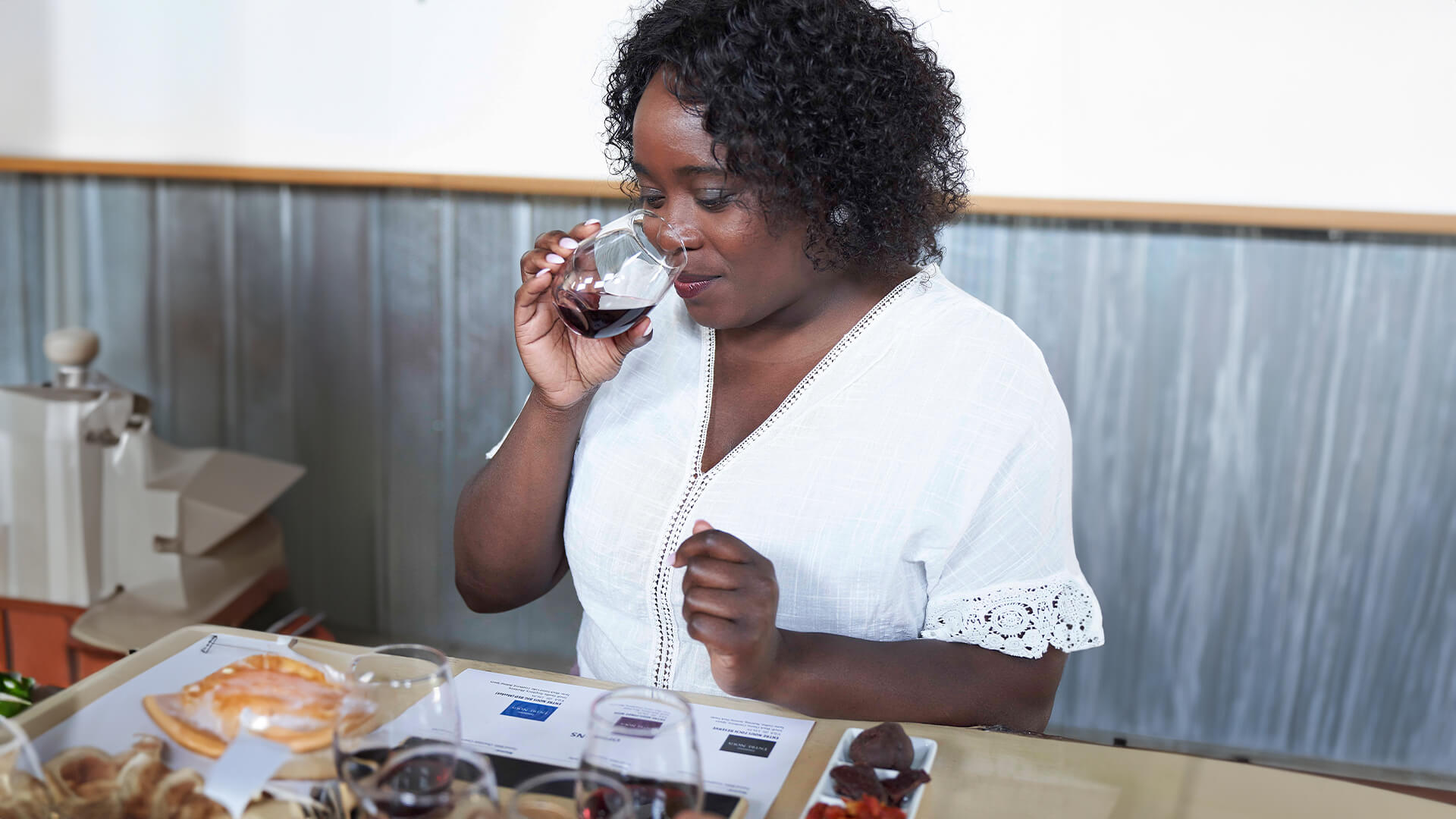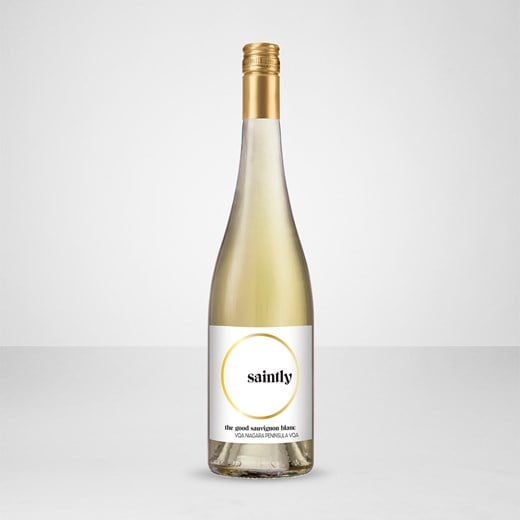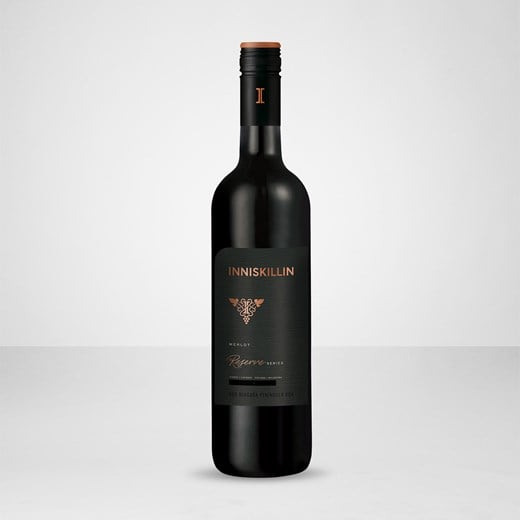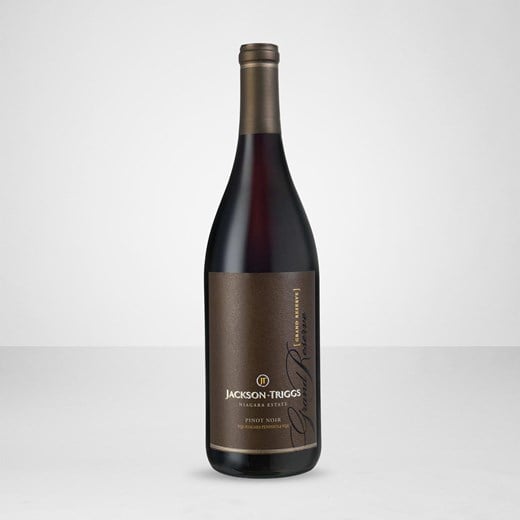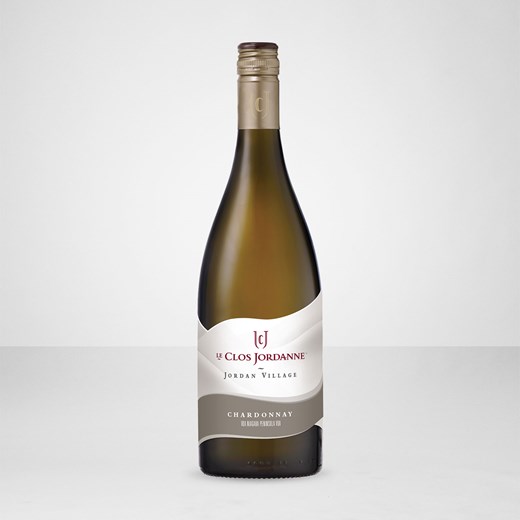1. Look: A Tapestry of Colours
The first step is all about the eyes. Hold your glass against a light, blank background, like by a wall or even a menu. Natural daylight is your best accomplice here, allowing you to gauge the intensity of colour and clarity from the centre of the glass to the rim.
If you’re tasting red wine, you’ll notice the more violet the shade, the younger the wine. As red wines mature, their colour tends to fade, evolving from a vibrant garnet or violet hue to a red-brick or brown tone attributed to oxidation. The opaqueness of red wines often corresponds to higher tannin levels.
Now, onto the whites. White wines become deeper in colour over time, shifting from pale straw to golden shades, and can even become brown if the wine is aged too long. It's like witnessing the seasons change in a vineyard. In general, the darker the wine is in the centre, the thicker-skinned the grapes. So, take a moment to appreciate the visual poetry in your glass before moving on to the next step.
2. Smell: A Symphony of Aromas
Now that your eyes have had their feast, it's time to engage your most essential tasting organ – the nose. Be sure to smell twice. The first smell is your introduction to detect the wine's natural characteristics, like oak, fruit, spice, etc.
To allow the aromas to dance and awaken, give your wine a swirl and smell again. This time, take note of the specifics. What fruit are you experiencing? Cherry, peach, pear? Is there licorice, anise, or floral undertones?
Your nose is your tour guide through the aromatic landscape of the wine, so have fun letting the scents transport you to the vineyards and cellars where these flavours were born.
3. Taste: A Journey Across Your Palate
Now it's time to let your taste buds take center stage. Allow the wine to cascade over every corner of your mouth. Your tongue plays a big part in telling the wine’s story, including characteristics and texture to determine what variety and climate the wine came from.
Consider the key elements to taste, which include the wine’s acidity, body, tannins, sweetness, and flavour. Is the acidity a refreshing burst, like biting into a crisp apple? Does the body feel light and airy, or does it command attention with a full-bodied presence? As a basic guideline: Rosé is light-bodied, Sauvignon Blanc is medium, and Merlot is full-bodied.
And let's not forget about tannins. They can be smooth and subtle or have a dry-out-your-mouth feeling. Which do you taste?
4. Reflect: A Moment to Pause & Review
As you savour the last traces on your palate, don't rush to conclusions. Instead, take a moment to observe and reflect on your wine’s finish. Wine can have waves of flavour, so after opening a bottle, another layer of flavour can be introduced an hour or so later. How cool is that?
So, try it and try it again as you sit and ponder on your tasting experience. It’s about the length of the finish here – the lingering aftertaste that continues to unfold its layers of complex flavour. This reflection is good practice and becomes your guide for future tastings, helping you navigate the vast world of wines with confidence.
